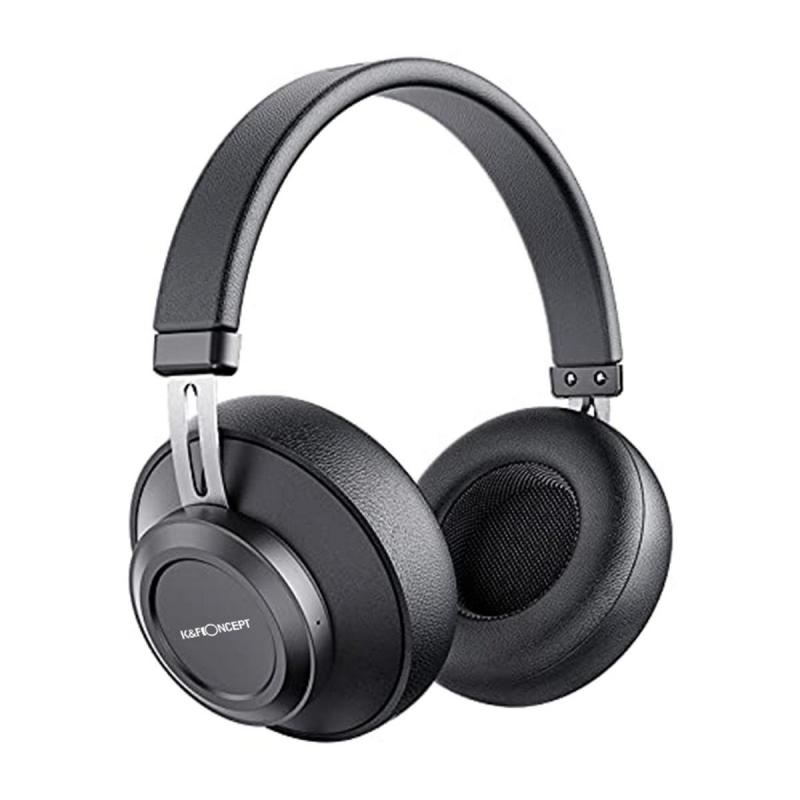How To Use Phone Mic With Headphones?
In today's digital age, the versatility of our devices is paramount. One common query among tech enthusiasts and casual users alike is how to use a phone's microphone while simultaneously using headphones. This need arises in various scenarios, such as recording high-quality audio, making clear phone calls, or participating in virtual meetings. This article will delve into the practical steps and considerations for effectively using your phone's microphone with headphones.
Understanding the Basics

Before diving into the technicalities, it's essential to understand the basic components involved:
1. Phone Microphone: The built-in microphone on your smartphone, designed to capture audio input.
2. Headphones: These can be wired or wireless, with or without an integrated microphone.
3. Audio Jack/Port: The connection point for wired headphones, typically a 3.5mm jack or USB-C port.
4. Bluetooth: The wireless technology used for connecting Bluetooth headphones.
Scenarios and Solutions
1. Using Wired Headphones Without a Built-in Microphone
If your wired headphones do not have an integrated microphone, you can still use your phone's built-in microphone. Here’s how:
- Plug in Your Headphones: Connect your wired headphones to the phone’s audio jack.
- Adjust Settings: Most smartphones automatically switch to the built-in microphone when headphones without a mic are connected. However, if this doesn’t happen, you can manually adjust the settings:
- iOS: Go to Settings > Accessibility > Audio/Visual > Headphone Accommodations and ensure the microphone is set to the phone’s internal mic.
- Android: Settings can vary by manufacturer, but generally, you can find the option under Settings > Sound > Audio Settings.
2. Using Wired Headphones with a Built-in Microphone
When using wired headphones with an integrated microphone, the phone typically defaults to the headphone’s mic. However, if you prefer using the phone’s built-in microphone, follow these steps:
- Plug in Your Headphones: Connect your headphones to the phone’s audio jack.
- Disable Headphone Mic: This can be a bit tricky as most phones do not offer a straightforward option to disable the headphone mic. You might need a third-party app to manage audio input sources. Apps like “Lesser AudioSwitch” for Android can help you switch between different audio inputs.
3. Using Bluetooth Headphones
Bluetooth headphones usually come with an integrated microphone. Here’s how to manage the audio input:
- Pair Your Headphones: Ensure your Bluetooth headphones are paired with your phone.
- Select Audio Input: By default, the phone will use the Bluetooth headphone’s mic. To switch to the phone’s built-in mic:
- iOS: Go to Settings > Bluetooth, tap the “i” next to your device, and select “Microphone” to choose the phone’s internal mic.
- Android: Similar to wired headphones, you might need a third-party app to manage audio input sources.
Practical Applications
1. Recording High-Quality Audio
For content creators, podcasters, or anyone looking to record high-quality audio, using the phone’s built-in microphone can sometimes offer better clarity than headphone mics. Here’s how to optimize your setup:
- Use a Pop Filter: If you’re using the phone’s built-in mic, consider using a pop filter to reduce plosive sounds.
- Positioning: Hold the phone at an optimal distance (usually 6-12 inches) from your mouth to avoid distortion.
- Quiet Environment: Ensure you’re in a quiet environment to minimize background noise.
2. Making Clear Phone Calls
For clear phone calls, especially in noisy environments, using the phone’s built-in microphone can be beneficial. Here’s how to ensure the best call quality:
- Noise Cancellation: Many smartphones come with built-in noise cancellation features. Ensure this is enabled in your settings.
- Hold the Phone Properly: If using the built-in mic, hold the phone close to your mouth but not too close to avoid muffling your voice.
3. Virtual Meetings
In virtual meetings, clear audio is crucial. Here’s how to manage your audio setup:
- Test Beforehand: Always test your audio setup before the meeting. Most virtual meeting platforms have an audio test feature.
- Use Headphones for Output: Even if you’re using the phone’s built-in mic, using headphones for audio output can prevent feedback and echo.
Troubleshooting Common Issues
1. Microphone Not Working
If your phone’s microphone isn’t working when headphones are connected, try the following:
- Check Connections: Ensure your headphones are properly connected.
- Restart Your Phone: Sometimes, a simple restart can resolve audio issues.
- Update Software: Ensure your phone’s operating system is up to date.
2. Poor Audio Quality
If the audio quality is poor, consider these tips:
- Clean the Microphone: Dust and debris can affect microphone performance. Use a soft brush to clean the mic.
- Check for Interference: Ensure there are no electronic devices causing interference.
Using your phone’s microphone with headphones can enhance your audio experience in various scenarios, from recording to making calls and participating in virtual meetings. By understanding the basic components and following the practical steps outlined in this article, you can optimize your audio setup for the best performance. Whether you’re a content creator, a professional, or a casual user, these tips will help you make the most of your smartphone’s audio capabilities.

There are no comments for this blog.